Cell structure of various organisms
The cell is the main structural and functional unit of all living organisms, except for viruses. It has a specific structure comprising a plurality of components that perform certain functions.
What science is a cell study?
Everyone knows that the science of living organisms is biology. The structure of the cell studies its industry - cytology.
What is the cell from?
This structure consists of a membrane, cytoplasm, organoids, or organelle, and nuclei (in prokaryotic cells). The structure of cells of organisms relating to different classes is slightly different. Essential differences are observed between the structure of eukaryot cells and prokaryotov.
Plasma membrane
The membrane plays a very important role - it separates and protects the contents of the cell from the external environment. It consists of three layers: two protein and medium phospholipid.
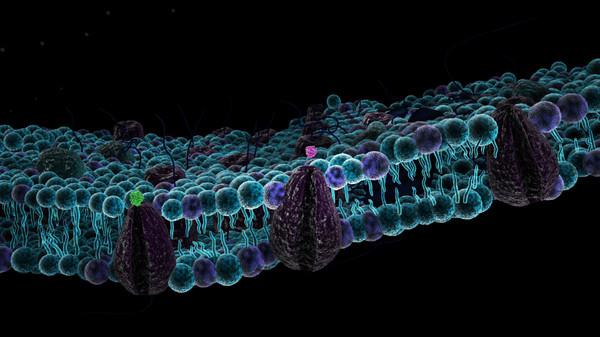
Cell wall
Another structure that protects the cell from the effects of external factors is located over the plasma membrane. Present in plants, bacteria and mushrooms. In the first, it consists of cellulose, in the second - from Murein, thirdly - from chitin. In animal cells, the glycocalix is \u200b\u200blocated on top of the membrane, which consists of glycoproteins and polysaccharides.
Cytoplasm
It is an all cell space, a limited membrane, with the exception of the kernel. The cytoplasm includes organides that perform the main functions responsible for the vital activity of the cell.
Organelles and their functions
The structure of the cells of the living organism implies a number of structures, each of which performs a specific function. They are called organelles, or organoids.
Mitochondria
They can be called one of the most important organelles. Mitochondria is responsible for the synthesis of the energy required for life. In addition, they are involved in the synthesis of some hormones and amino acids.
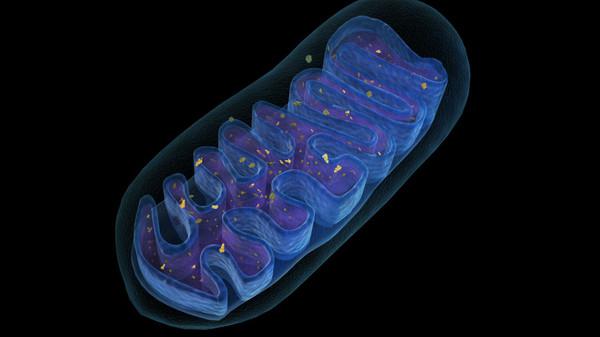
Energy in mitochondria is produced due to the oxidation of ATP molecules, which occurs with the help of a special enzyme called ATP-synthase. Mitochondria is round or rolling structures. Their number in the animal cell, on average, is 150-1500 pieces (it depends on its purpose). They consist of two membranes and matrix - a semi-liquid mass that fills the internal space of organelles. The main component of the shells are proteins, phospholipids are also present in their structure. The space between the membranes is filled with liquid. The Mitochondria matrix contains grains that accumulate certain substances such as magnesium and calcium ions necessary for energy production and polysaccharides. Also, these organelles have their own protein biosynthesis apparatus, similar to the prokaryotes. It consists of mitochondrial DNA, a set of enzymes, ribosomes and RNA. The structure of the pricing cells has its own characteristics: the mitochondria is not in it.
Ribosomes
These organelles consist of ribosomal RNA (RRNA) and proteins. Thanks to them, the transmission is carried out - the process of protein synthesis on the IRNK matrix (information RNA). One cell can contain up to ten thousand organoid data. Ribosomes consist of two parts: small and large, which are combined directly in the presence of IRNA.
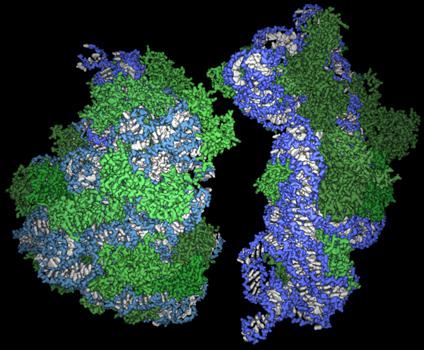
Ribosomes that participate in the synthesis of proteins necessary for the cell itself are concentrated in the cytoplasm. And those by which proteins are produced, transported beyond the cells, are located on the plasma membrane.
Golgi complex
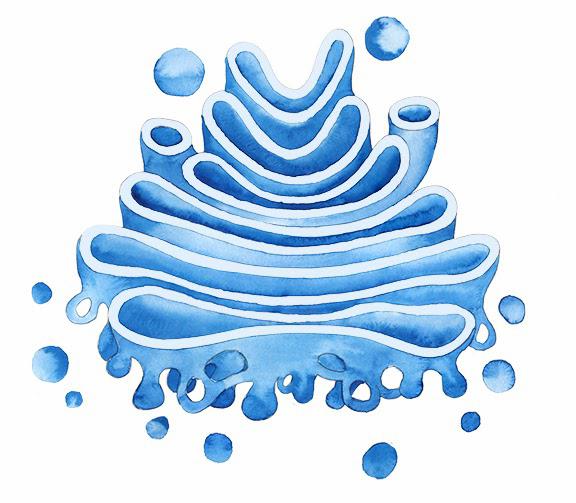
It is only present in eukaryot cells. This organella consists of dictos, the number of which is usually approximately 20, but can reach several hundred. The Golgi apparatus enters the structure of the cell of only eukaryotic organisms. It is located near the nucleus and performs the function of synthesis and storage of certain substances, for example, polysaccharides. It forms lysosomes, which will be discussed below. Also, this organella is part of the excretory system of the cell. Discosomes are presented in the form of a pile of flattening disco-shaped tanks. At the edges of these structures, bubbles are formed, where there are substances that need to be derived from the cell.
Lysosomes

These organoids are small bubbles with a set of enzymes. Their structure has one membrane, covered on top of a layer of protein. The function that leases is performed is intracellular digestion of substances. Thanks to the hydrolase enzyme, fats, proteins, carbohydrates, nucleic acids are splitted with the help of these organoids.
Endoplasmic network (reticulum)
The structure of the cells of all eukaryotic cells implies the presence of EPS (endoplasmic network). The endoplasmic reticulum consists of tubes and flattened cavities having a membrane. This organoid is two types: rough and smooth network. The first is distinguished by the fact that ribosomes are attached to her membrane, the second one does not have such a feature. The rough endoplasmic network performs the synthesis of proteins and lipids, which are required to form a cell membrane or for other purposes. Smooth takes part in the production of fats, carbohydrates, hormones and other substances, except proteins. Also, the endoplasmic reticulum performs the function of transporting substances by the cell.
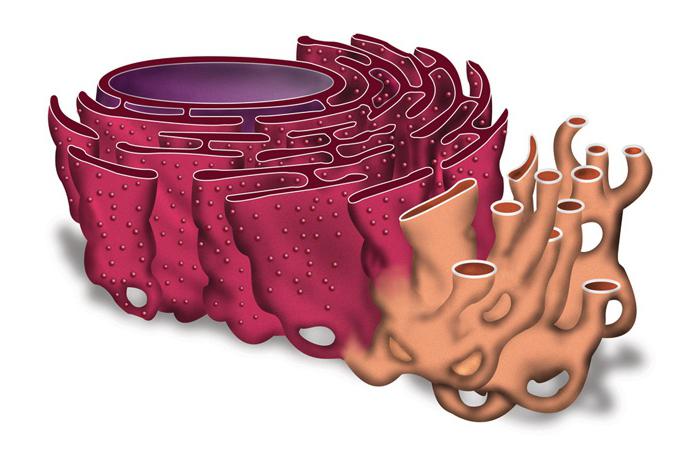
Cytoskeleton
It consists of microtubules and microfilaments (actin and intermediate). The components of the cytoskeleton are protein polymers, mainly actin, tubulin or keratin. Microtubule serve to maintain the cell form, they form the movement organs in the simplest organisms, such as infusories, chlamondamonds, eurlennas, etc. Aktin microfilaments also play the role of a frame. In addition, they are involved in the process of moving organelle. Intermediates in different cells are built from various proteins. They maintain the shape of the cell, and also fix the kernel and other organelles in a permanent position.
Cell Center
It consists of centrioles that have a shape of a hollow cylinder. Its walls are formed from microtubules. This structure is involved in the division process, ensuring the distribution of chromosomes between the daughter cells.
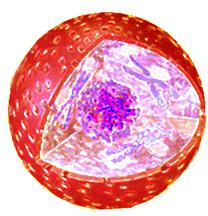
Core
In eukaryot cells, this is one of the most important organoids. It stores DNA in which information about the whole body is encrypted, about its properties, about proteins that should be synthesized by the cell, etc. It consists of a shell that protects genetic material, nuclear juice (matrix), chromatin and nucleoline. The shell is formed from two porous membranes located at some distance from each other. The matrix is \u200b\u200brepresented by proteins, it forms inside the nucleus a favorable environment for storing hereditary information. The nuclear juice contains nice proteins serving support, as well as RNA. Also here is a chromatin - an interphase form of existence of chromosomes. During the division of cells from the boulder, it turns into row-shaped structures.
Nadryshko
This is a separate part of the kernel responsible for the formation of ribosomal RNA.
Organelles inherent in vegetable cells
Plant cells have some organides that are not characterized anymore for any organisms. These include vacuoles and plasts.
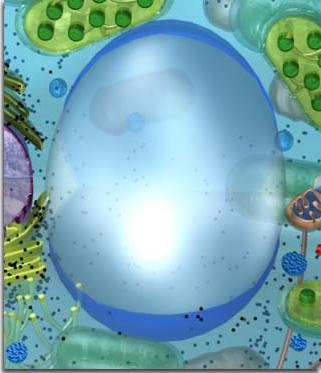
Vakolol
This is a kind of reservoir where spare nutritional high-levels are stored, as well as vital products that cannot be removed out from behind a dense cell wall. It is separated from the cytoplasm of a specific membrane, which is called tonoplast. As the cell functions, individual small vacuoles merge into one large - central.
Platids
These organoids are divided into three groups: chloroplasts, leukoplasts and chromoplasts.
Chloroplasts
These are the most important organoids of the plant cell. Thanks to them, photosynthesis is carried out, in the course of which the cell receives the nutrients they need. Chloroplasts have two membranes: external and inner; Matrix is \u200b\u200ba substance that is filled in the inner space; Own DNA and Ribosomes; grain starch; Cars. The latter consist of pile of thylacoids with chlorophyll surrounded by a membrane. It is in them that the process of photosynthesis occurs.
![]()
Leukoplasts
These structures consist of two membranes, matrix, DNA, ribosome and thylacoids, but the latter do not contain chlorophyll. The leukoplasts perform a spare feature, accumulating nutrients. They contain special enzymes, allowing to obtain starch from glucose, which, in fact, serves as a spare substance.
Chromoplasts
These organides have the same structure as described above, but they do not have thylacoids, but there are carotenoids that have a specific color and are located directly near the membrane. It is thanks to these structures of the petals of colors painted into a certain color, allowing to attract insect pollinators.
